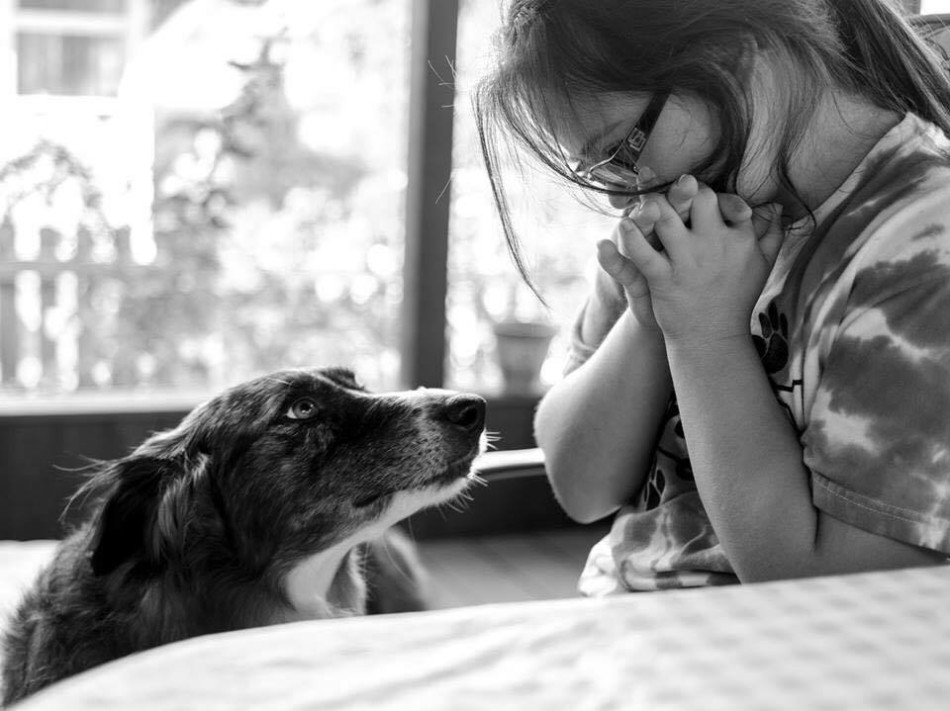Rachel was almost seven years old. Jonathan was co-teaching a junior high boys Sunday school class. The question was “Who will help Rachel get a drink of water?” Simple, harmless question right? The Youth Minister had invited Jonathan to speak to our larger youth group of about 200 students about how we treat people who are different. Jonathan’s question was a result of a simple example at an IEP meeting. Rachel’s kindergarten teacher had shared how one particular child had befriended Rachel and even helped her get a drink from the water fountain. This seems simple again but the issue was that Rachel’s hands are very small, and she had trouble having enough thumb strength to make the water fountain work. Over time this has become an non-issue but there will be other issues. The teacher went on to say that Rachel often had too much help because the students were eager for her to be a part. While that made our hearts leap with joy, something that stuck in Jonathan’s mind was “who will help her when cute is gone?” That was eight years ago.
You never know what you might get from a group of junior high boys – even the best of them. They told Jonathan that of course they would help Rachel: anyone would help her because “she’s so cute and she’s so sweet.” Even as junior high boys they were part of the Down syndrome myth of cute and sweet. They knew her from church and she was fully included and treated like all the other kids at church. So hopefully they are right. There is that hope that the result of being with other kids at church and school, in dance and theater, and on the soccer and baseball fields and in not just visiting those venues is that people will include Rachel and support her. That is our hope, but Jonathan used that discussion to launch his time with the larger youth group. He told them that he was a pretty nice kid growing up but that he wasn’t always nice to people who were different. He told them that he saw the world differently because of Rachel. He reminded them that she is not always sweet. Yes, she is very cute now but as with most of us, cute fades. So will you be there to be her friend and give her support when she isn’t cute and when the other teenagers make fun of you because you are friends with the girl with Down syndrome? Will you remember to invite her to the Friday night football game, pick her up and then sit with her? Will you want her as a part of your group that goes to prom? Will you invite her to the movie or your sweet 16 party or will she and her mom always be the ones arranging the outings? What about when you are adults? Will you invite her to lunch or coffee? It was a thought-provoking speech.
When Rachel was in first grade, a teacher who was not her first grade teacher but who loved her dearly and had known her since she started preschool, caused a bit of an issue. One day Rachel didn’t make it to Occupational Therapy. The therapist was frantically looking for her and went to find her teacher. Both were almost panicked looking for her when then they saw Rachel coming down the hall. They were about to scold her, more from fear than anything, when the teacher declared that this seemed out of character for Rachel. Even in first grade, this was the girl who knows and follows the rules. It took awhile but they learned that the loving, well-meaning teacher thought Rachel looked so adorable. She had taken her to a different wing in the school to show her to the teachers. All kinds of issues here but it doesn’t stop here. I also learned that Rachel was late for some classes because this same teacher would dance with Rachel in the hall. While there are many discussion points, let’s focus on Rachel for a moment. Rachel sees the world in black and white and she defers to authority. So as a rule, she is not going to tell a teacher that she has to go to OT or that she can’t dance in the hall. At least not as a first grader and what other first grader would? I spoke to the teacher (we were friends and had/have a great relationship). She told me that Rachel was so cute and that “she would have so many hard things in her life” and yada yada yada. My reply, “Ms. Teacher, what will I say when Rachel is in high school and the teacher calls and says Mrs. Mast why does Rachel think it is okay to dance in the hallway instead of going to class? Why Mrs. High School teacher she thinks it’s okay because there was a crazy teacher in 1st grade who let her do that because she was cute. That’s why she thinks she doesn’t have to live by the same rules as everyone else.” The teacher got it and did better.
These are really just kind of random thoughts today. Thoughts that I ponder from time to time. Thoughts that Jonathan and I ponder together because Rachel is almost 15 and we have seen a lot of positive change but not enough. On World Down Syndrome Day (March 21) David M. Perry, associate professor of history at Dominican University, who is a frequent CNN contributor and hosts his own blog: “How Did We Get Into This Mess?“, wrote “World Down Syndrome Day- The Long Game – The Long Game. Or why cute and happy is not enough.” It created a lot of discussion. Several of us re-posted the piece on Facebook and it has generated more discussion. It is a discussion that my husband Jonathan and I have been having for years. Based on the number of re-posts and comments, I would say it is a discussion a lot of us have been thinking about and that needs to happen.
And before anyone goes crazy on me, this isn’t me saying that we don’t need campaigns with cute pictures. I’m as guilty as the next person. I was even scolded when my daughter was little because someone thought it was wrong to use her cuteness to secure support for an organization. That’s really a separate discussion.
This discussion is that there has to be more. We have to figure out how to create real change. I think many groups and individuals have done an admirable job of creating positive images of people with Down syndrome. Rachel is almost 15 and when she was born, we didn’t have Facebook and the instant social media. The pictures I found on the Internet were of kids with hair cuts that accentuated their features in a negative way, and they were often wearing dowdy clothing. Granted, I now understand how difficult it is to fit kids, especially as they get older, but I didn’t know that then. I only knew that I was going to have a little girl with Down syndrome. In fact, Jonathan was so appalled by the images he found that he told me he didn’t care how much it cost, he wanted Rachel to have stylish clothing. He got his wish because she is a diva! So I am grateful to NDSS for the Times Square Video Campaign in conjunction with the Buddy Walk. Positive images of people with Down syndrome. I am grateful for the many groups like IDSC who do superior work in portraying individuals (cute kids and cute people) with Down syndrome. There is a new mom or an expectant mom out there who needs that.
I started blogging a few years ago for a number of reasons. Though not the only reason, one of the primary reasons was to share our Down syndrome journey. It gives me a platform for advocating and educating. While I try to be positive, I also try to paint a realistic picture and you get to see some of the challenges such as those outlined in “IEP Wounds.” I hear from a lot of you. I hear from you guys when you want to know why something did or didn’t work or how we did this or that. Because of my blog, Rachel and I have stalkers in the most positive sense. I get a lot of traffic on anything inclusion related especially as related to the schools. I get a lot of feedback that Rachel inspires people, and I am glad to know that but also hope that you know it is sometimes hard and I hope you see that in what I write. Then, I have some folks who reach out and say, “I am having a baby with Down syndrome or I just had a baby with Down syndrome or I have a little one with Down syndrome. I am glad to find you because most of what I find is small children with Down syndrome.”
It is time for a discussion that leads to action. It is time to
- to improve those 70% unemployment numbers
- to ensure that our kids are not restrained in life-threatening ways by law enforcement or school personnel
- to #passtheABLEAct so families can save
- to improve housing and transportation and
- to lower the percentage of individuals with Down syndrome who are prey to sexual predators.
It is time for change.



Thank you.
Great points!
Yes! Yes! Yes! I think about this often as my daughter is almost 11. Cute can only go to far. We do need more. Thank you!